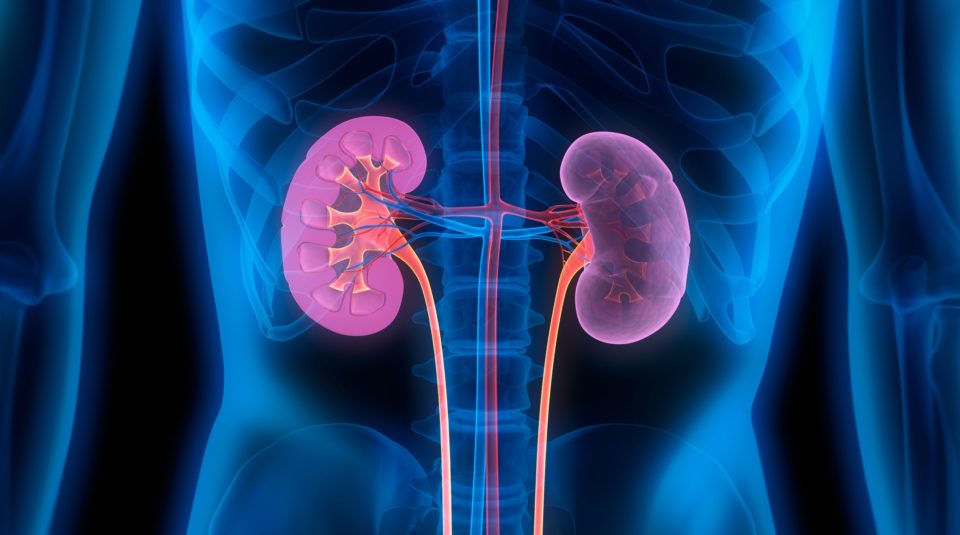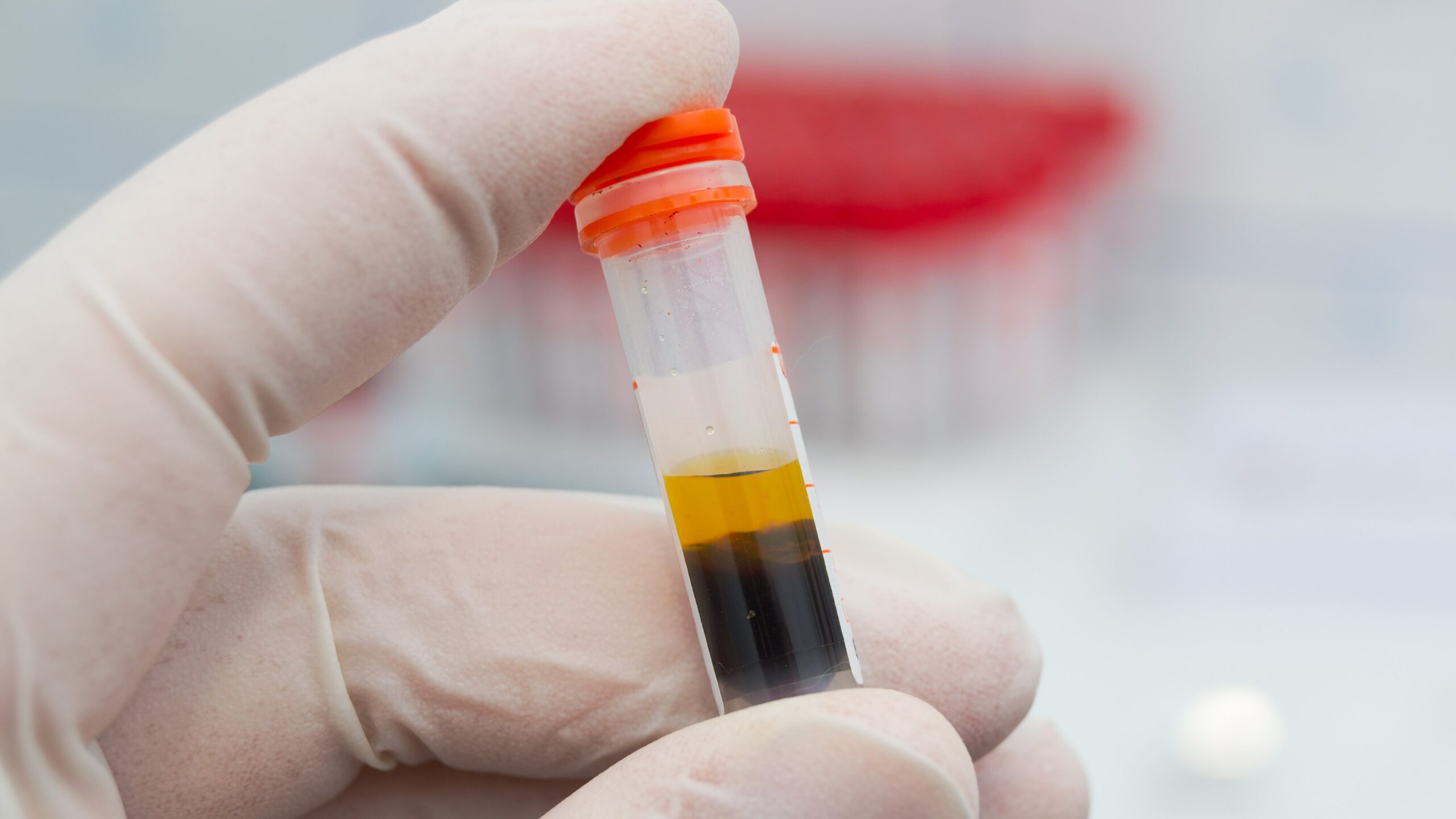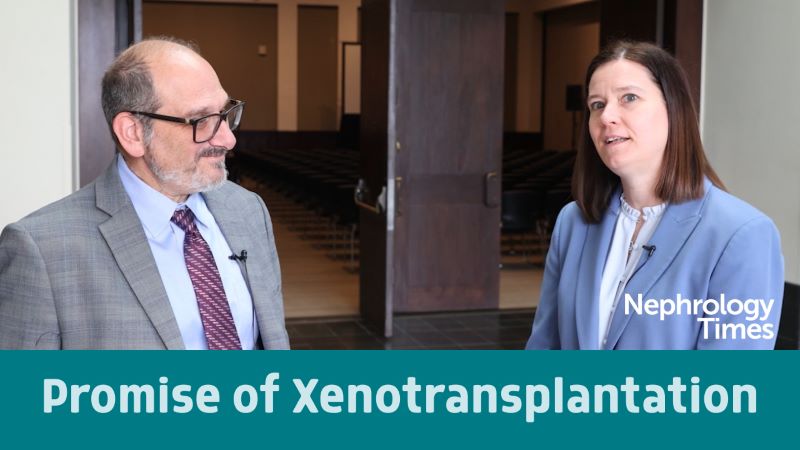
The 2020 Kidney Disease: Improving Global Outcomes (KDIGO) Clinical Practice Guideline on the Evaluation and Management of Candidates for Kidney Transplantation was developed to assist healthcare professionals throughout the world evaluating and managing patients who are potential candidates for deceased or living donor kidney transplantation. Steven J. Chadban, BMed, PhD, and colleagues summarized the new guideline in Transplantation [2020;104(4):708-714].
The guideline was developed by the Work Group Co-Chairs in cooperation with KDIGO staff. The draft scope of the work was distributed internationally in March 2016 and then revised and finalized based on comments and suggestions. A draft of the resulting guideline was available for public review in October 2018 and then revised further by the Work Group. The summary provided by Dr. Chadban et al. is organized by chapters as they appear in the full document.
Section 1: Access to Transplantation
On average, transplantation is associated with optimal survival and quality of life at lower cost than dialysis. The guidelines call for all patients with chronic kidney disease grade 4-5 (glomerular filtration rate [GFR[ <30 mL/min/1.73 m2) who are expected to progress to end-stage renal disease (ESRD) to be “informed of, educated about, and considered for transplantation.”
The assessment may take weeks or months; referral for candidacy assessment should be sufficiently early to allow for pre-emptive transplantation wherever possible. For patients at high-risk due to the cause of ESRD and/or comorbid conditions, assessment should be made by disease-specific experts.
The assessment team should be multidisciplinary, including at least a transplant physician, a transplant surgeon, a healthcare worker qualified to conduct a psychosocial assessment, and other professionals as needed and available. Participation of the patient throughout the process is essential, and when a patient is deemed unsuitable for transplantation, a second opinion should be provided.
Section 2: Age
Patients should not be excluded from “kidney transplantation because of age alone but rather consider the context of other comorbidities, including frailty, that may impact outcome when deciding about suitability for kidney transplantation.”
The number of older candidates for transplantation is increasing, creating a need for the development of predictive models that incorporate frailty and multimorbidity in addition to age. The new tools may improve the ability to assess candidacy in the older patient population.
Section 3: Pediatric Issues
In assessing pediatric candidates <5 years of age, recognition of abnormalities in cognitive function and academic performance may suggest appropriate intervention and support both prior to and following transplantation, and facilitate pediatric-to-adult transition.
Section 4: Psychosocial Assessment
The psychosocial assessment is designed to identify areas needing management or support before and after transplantation. Counseling and support services should be provided to candidates with a diagnosable psychiatric or psychological conditions, substance use disorder, or nonadherence.
Section 5: Adherence
There are strong associations between immunosuppression regimen nonadherence and adverse outcomes including rejection, particularly antibody mediated, and subsequent premature graft failure. However, there are only weak associations between pre-transplant nonadherent behavior and post-transplant outcomes. Identification of pre-transplant patterns of nonadherence may provide opportunity for counseling, but, in most cases, should not preclude candidacy.
Section 6: Tobacco
Smokers are at increased risk for perioperative respiratory complications as well as post-transplant cardiovascular events, cancer, and premature mortality. Smokers should be referred to smoking cessation programs. Screening among heavy smokers for occult lung cancer should be conducted using computed tomography; if occult lung cancer is detected, patients should undergo cancer treatment prior to further consideration of candidacy for transplantation.
Section 7: Surgical Issues Including Obesity
Interventions such as dietary counseling or bariatric surgery should be considered for patients with body mass index ≥35 kg/m2. In patients being treated with anticoagulants or antiplatelet agents, the risks of perioperative bleeding is increased; pre-transplant awareness of such therapies allows for proper surgical planning. Listing of patients requiring direct-acting oral anticoagulants or dual antiplatelet therapy should be considered only in centers with surgical experience of those agents, and in consultation with hematology and cardiology experts as appropriate.
Section 8: Diabetes
The guidelines state that “candidates with diabetes mellitus, type 1 or type 2, should not be excluded from kidney transplantation.”
In candidates with type 1 diabetes, outcomes with simultaneous kidney-pancreas transplantation are superior to kidney alone transplantation. Patients in that population should be referred to a center that provides simultaneous kidney-pancreas transplantation.
The most common cause of ESRD is type 2 diabetes; patients in that population are at decreased risk for post-transplantation survival. However, most patients with type 2 diabetes have a survival advantage with transplantation compared with dialysis. Evaluation of transplant candidacy is particularly challenging in that patient population; candidates with type 2 diabetes should not be excluded by diabetes per se, but full consideration of comorbid status is required.
Section 9: Cause of End-Stage Kidney Disease
The guideline calls for determination of the cause of ESKD where possible to inform the risks and needed management post-transplant. Post-transplant outcomes are superior to dialysis for the majority of patients with glomerulonephritis or metabolic diseases that may recur in the allograft. Identification of the cause of kidney failure is an essential prerequisite for optimal risk evaluation, patient education, and management of candidates with a disease that may recur.
Section 10: Infections
In kidney transplant recipients, particularly those in low- and middle-income countries, infection is a common cause of morbidity and mortality. Transplant immunosuppression may accelerate active infections; diagnosis and treatment prior to transplant is prudent. Cure of infection pre-surgery is ideal; however, control of the infection prior to transplantation in combination with ongoing therapy to achieve a post-transplant cure is acceptable for some infections, such as peritoneal dialysis exit-site infection. Transplantation is not precluded in the case of screen detected infections such as occult TB and strongyloides; however, those infections may be indications for treatment to prevent post-transplant disease, subject to local practice patterns and epidemiology.
Section 11: Malignancy
Previous guidelines have varied in recommendations for candidates with cancer. The new guideline calls for routine cancer screening for all candidates, per local guidelines for the general population. With the exception of indolent and low-grade cancers such as prostate cancer (Gleason score ≤6), superficial non-melanoma skin cancer, and incidentally detected renal tumors (≤1 cm in maximum diameter), candidates with active malignancy should be excluded from kidney transplantation until in remission following potentially curative therapy.
Section 12: Pulmonary Disease
Candidates with severe, irreversible lung disease and ESRD are at high risk of premature post-transplant death. Patients in that population may benefit from combined kidney-lung or heart-lung transplantation and should be referred to centers that specialize in multiorgan transplantation.
Section 13: Cardiac Disease
The most common cause of death among patients on dialysis and post-transplantation is cardiovascular disease. Due to the stresses of surgery, fluid resuscitation, and high-dose immunosuppression, the incidence of major cardiac events is highest in the first month after transplantation. The guidelines recommend screening candidates deemed to be at high risk for cardiovascular disease at the time of the evaluation for transplantation. They do not recommend exclusion from transplantation of patients with asymptomatic cardiovascular disease.
Patients with known cardiovascular disease should be managed in collaboration with a cardiologist familiar with transplantation. For candidates with recent revascularization or infarction, the risk of complications, including further ischemic events or arrhythmia, are highest soon after the event and diminish with time. The minimum waiting period is not well established; the evaluation team should weigh the risk of vascular events, particularly if transplant listing will require a reduction in antiplatelet therapy, with the risk of delaying access to transplantation.
Section 14: Peripheral Arterial Disease
All candidates should be evaluated for the presence and severity of peripheral artery disease (PAD). Non-invasive vascular testing should be conducted on those without apparent PAD, but at high risk for PAD. For patients with PAD, the evaluation should include a vascular surgeon. In candidates with non-healing extremity wounds with active infection, transplantation should be delayed until the infection is resolved. Severe aorto-iliac disease or distal vascular disease should not exclude patients from transplantation, but the risk of progression following transplantation should be discussed with the patient.
Section 15: Neurologic Disease
Mental status in candidates with known or suspected cognitive impairment should be assessed; non-progressive intellectual, developmental, or cognitive disability should not exclude patients from transplantation. Peripheral neuropathy should also not exclude patients from transplantation.
For patients who experienced a stroke, a waiting time of 6 months is suggested before kidney transplantation; for patients who experienced a transient ischemic attack, a waiting time of 3 months is suggested.
For patients with autosomal dominant polycystic kidney disease, screening for intracranial aneurysms may be warranted if the patient is at high risk due to prior history or has a family history of subarachnoid hemorrhage.
Section 16: Gastrointestinal and Liver Disease
Candidates should be screened for gastrointestinal disease, including liver disease. Those with a history of peptic ulcer disease, diverticulitis, acute or chronic pancreatitis, asymptomatic cholelithiasis, or inflammatory bowel disease should not be excluded from transplantation; transplantation should be delayed until symptoms have resolved.
In the presence of acute hepatitis, transplantation should be delayed until a long-term strategy for managing liver disease has been implemented. Those with cirrhosis or suspected cirrhosis should be referred to a specialist with expertise in combined liver-kidney transplant. Candidates with cirrhosis should be screened for hepatocellular carcinoma prior to transplantation using techniques and frequency per local guidelines.
Section 17: Hematologic Disorders
Optimal strategies for anticoagulation intra- and perioperatively for candidates with a demonstrated thrombophilia are not clear. In clinical practice, the use of direct-acting oral anticoagulants is increasing, but this approach presents significant difficulties for management of the patient at the time of transplantation because the effects are not currently reliably reversable.
The guidelines avoid recommending waiting times between completion of potentially curative therapy for hematological cancers and subsequent kidney transplantation. Research is needed to validate the approach of transplanting once the transplant physicians and hematologists agree that a stable remission has been achieved.
Section 18: Bone and Mineral Metabolism
The transplant evaluation should include measurement of serum parathyroid hormone. Because severe hyperparathyroidism may compromise outcomes through post-transplant hypercalcemia and graft dysfunction, correction prior to transplantation is advisable.
Transplant recipients may experience bone demineralization, putting them at increased risk for fracture. Currently, there are no proven strategies to prevent post-transplant fracture.
Section 19: Immunological Assessment
The transplant evaluation should include human leukocyte antigen (HLA) testing. The testing should be conducted at the time of evaluation, at regular intervals prior to transplantation, and following a sensitizing event or a clinical event that can impact panel reactive antibody.
The presence of donor-specific antibodies, particularly when directed against HLA molecules, is a key risk factor for rejection and graft failure, and is a key barrier to transplantation.
The authors and KDIGO gratefully acknowledge the financial support from the Transplantation Society that helped make this guideline possible.






 © 2025 Mashup Media, LLC, a Formedics Property. All Rights Reserved.
© 2025 Mashup Media, LLC, a Formedics Property. All Rights Reserved.